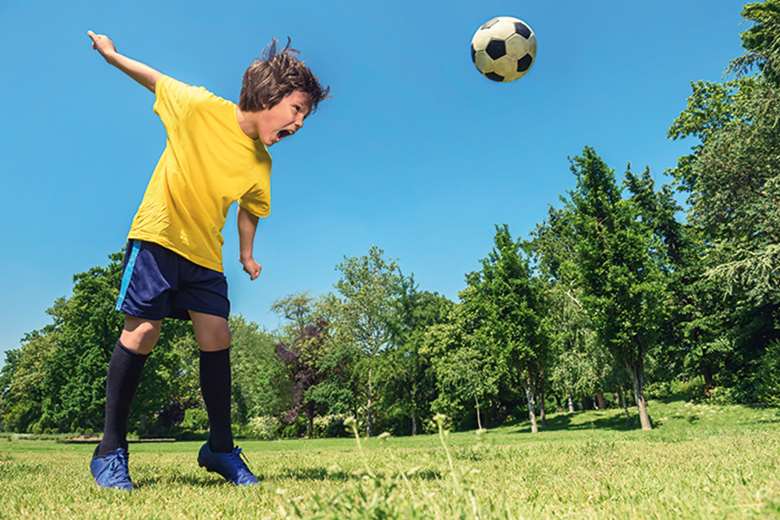We must act to protect the brains of young footballers
John Freeman
Tuesday, March 28, 2017
I don't often do more than skim the sports pages, and rarely is there anything of more than passing interest, but a recent article about research on the risks for young people in football caught my attention.

I had known about the early death in 2002 of Jeff Astle, the West Bromwich Albion striker, and that the inquest had concluded that it was due to "industrial disease". Living and working in nearby Dudley, I read the local press coverage in detail, which led me to assume that the cause had been the heavy, often water-sodden, leather footballs used when Astle was playing in the 1960s and 70s, and that the new plastic footballs had solved the problem.
I was then an education director, and in discussions with local politicians who were promoting the development of boxing clubs under the auspices of the youth service. While there may have been social benefits, I felt strongly that there was the possibility of long-term damage, and was uneasy about the council sponsoring such activities. In the end, the proposal did not go ahead. The controversy about youth boxing continues to this day, with strong views on both sides.
With this background, I read the new findings on football with interest. The two areas of research concerned long-term professional footballers who had died, and medical studies of young footballers. The sample size of deceased footballers available for study is inevitably small, and their professional careers will have dated back many years. Nevertheless, the researchers from Swansea University and University College London found a clear link between long-term repetitive head impacts and both physical brain damage and dementia.
The other research, carried out at Purdue University in the US with young female soccer players, is even more worrying. There were two aspects to this work. The first showed that G-forces involved during heading a ball were much greater than had been thought - up to 100G, comparable with the impact felt by professional boxers. For the second, researchers used MRI scanners, with several scans over the course of a year, to show there were significant changes in brain blood flow resulting from heading a football, even where this was not thought to have caused any injury. Worst of all, these changes in blood flow, and presumably the underlying injury, only recovered after a period of months. The Purdue researchers found persistent and "marked cerebrovascular reactivity changes in the frontotemporal aspects of the brain". Again, the sample size was small - 26 girls, 14 soccer players and 12 non-contact athletes - but the results were clear.
So what to do? Further research is required, using larger sample sizes and a variety of methodologies. European football's governing body UEFA has already undertaken to sponsor research into the frequency at which young people head the ball in both training and games. That's a good start, but this research will take time and more needs to be done now. We can't wait for the adolescent players of today to grow old and die, and then to assess dementia and brain injury rates. Football is a rich sport, and it would not be unreasonable to expect the Football Association to sponsor broad-based research into the long-term effect for children in playing the game. The outcomes cannot be predicted, but the learning may prove directly useful, in reducing long-term injury, and indirectly useful, perhaps by improving training and playing techniques.
In the meantime, players under 12 in the US are already banned from heading, and adopting this approach in the UK would be a good move. I would go further, and ban heading at all levels at which children and young people participate. Would this be an over-the-top reaction? I don't think so - after all, the risks in boxing are so well understood and accepted that mandatory head guards are now universal for young people, and seen as routine precautions.
Football, alongside other sports, should be encouraged for its health and social benefits. But, as with every activity, there are risks that need to be understood, managed and reduced.
John Freeman CBE is a former director of children's services and is now a freelance consultant




